Pocket Pitbull: Essential Guide to Miniature Pitbull Crosses

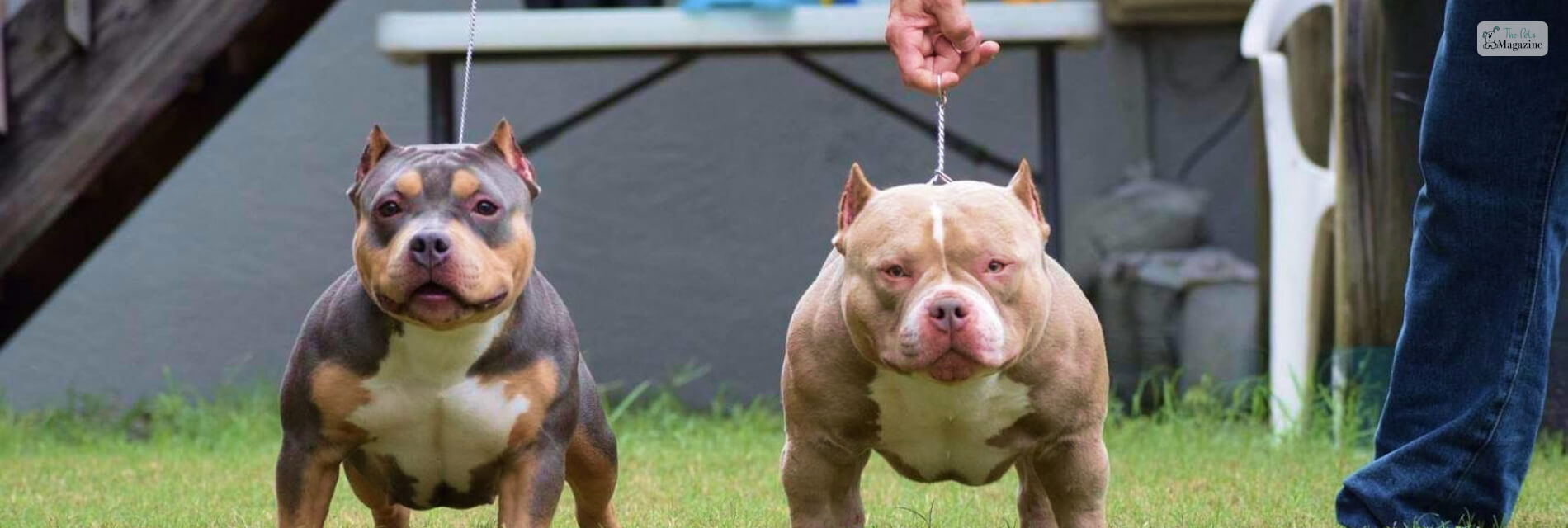
This is the typical question that comes to mind when anyone hears the name, Pocket Pitbull. However, the usual Pitbulls are not that big a dog.
But, yes, they are hulky…
Though they are not that tall, they are one of the most muscular dog breeds. They are superb guard dogs. Your doggo does not even need to do anything to make the opposing party run away; their look is enough.
Although Pitbulls are considered one of the most aggressive dogs, they never fail to amaze us with their cute face and gaze. The best part is that, if you can train them well, they can be really good house dogs and one of your well-behaved family members.
Now, come to our showstopper, the Pocket Pitbull.
Yes, you can put your Pocket Pitbull puppy in your Pocket.
But…
No, you can not carry a fully grown Pocket Pitbull like a cute chihuahua, but again you do not need to carry them in your Pocket cause they are going to protect them in case of danger. If you are thinking about getting this breed of dog, I must say, you are choosing a great family member.
But, in case you are a first-time pet owner, I will advise you not to go for this breed. They are active dogs and need proper training and exercise. Also, due to crossbreeding, they usually suffer from some health problems.
Here, in this article, I will guide you with all the necessary details that you need to know while welcoming your new family member.
Pocket Pitbull Overview: Can you Actually Carry It In Pocket?
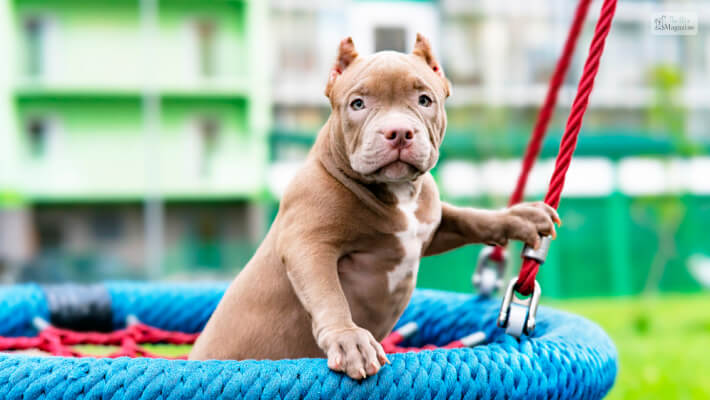
Before we start with the details of Pocket Pitbull, I think you want to have some basic and short information that one usually considers while getting a pet. So, here those crucial are.
| Real Name | Pocket Pitbull |
| Nick Names | Miniature Pitbull |
| Origin | Unknown |
| Breed Type | Crossbreed |
| Lifespan | 11 – 13 years |
| Weight | 11 – 22 pounds |
| Height | 12 – 16 inches |
| Color | Black, blue, red, blue and tan, black brindle, chocolate, fawn, black and tan, seal and buckskin, and white |
| Coat | Short and thick coat |
The History Of Pocket Pitbull
Of course, Pocket Pitbulls are the offspring of American Pitbull.
But do you know what the other parent of this breed is? It is a small Patterdale terrier. So, basically, this teacup micro Bully is the result of crossbreeding an American Staffordshire Terrier or American Pitbull Terrier and a small Patterdale Terrier.
The main intention behind breeding Pocket Pitbull was to pick all the best qualities from both of the parents and was fingers crossed, hoping to minimize undesirable traits. So, this breed has the nature of both its parents.
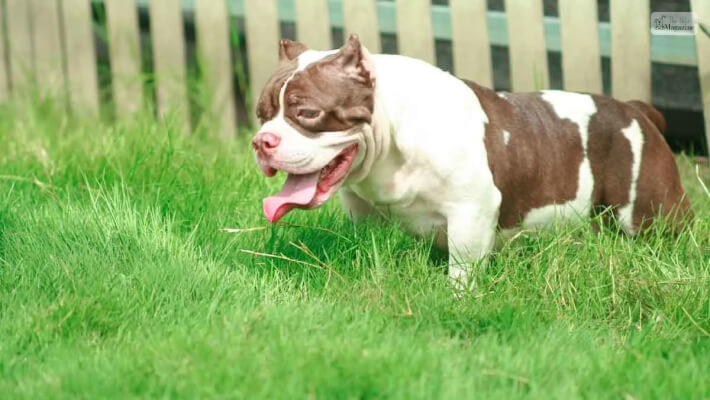
They are friendly and active, just like American Pitbull, and get the small and compact size of a small Patterdale Terrier. Because they are hybrid dogs, the miniature Pitbull is not recognized by the American Canine Hybrid Club or the AKC or American Kennel Club.
They are also not recognized by the International Designer Canine Registry or the National Hybrid Registry. But they are recognized by the United Kennel Club, England.
You might not know that this is a relatively new breed, but still, there are a lot of people who are completely in love with this dog. So, you can go hide and adopt one.
Origin
The first generation of the Pocket Pitbull, was a mistake, and they started to breed on purpose in the last 20 years. The exact origin of Pocket Pitbull is still unknown. But there is enough information about the origin of their parents.
I can give you an insight into that.
Patterdale Terriers are from the Lake District area of the northern part of England. Lake District has a very rocky and hilly landscape, so resilient and tough dogs were required in order to guard livestock in the area.
It is estimated that the Patterdale Terrier first came to the United States around the 1960s.
Now coming to the Pitbull Terrier was first created in early 19th century England, particularly for the popular sports of bear and bull baiting.
Although they were thought of as really aggressive fighting dogs, they are also known for being too gentle with humans. That is why they are considered excellent family dogs. In later years, the Pitbull Terriers accompanied the immigrants to the United States.
There, Pitbull Terriers started their new career as all-around farm dogs. Their jobs typically involve guarding the property against animal intruders, hunting, and providing companionship. In the 1930s, the AKC recognized these dogs as the American Staffordshire Terrier.
Later in 1989, Britain’s equivalent of the American Kennel Club named these bull dogs the American Pitbull Terrier. Here, I also want to mention that AKC wanted to distinguish this particular dog from the ones who are popular for fighting, and that is why they have not registered an American Pitbull Terrier till today.
The Pocket Pitbull Guide
As of now, we know that Pocket Pitbull Bully is not recognized by AKC, and obviously they are crossbreed dogs. So, it is not that easy to get their characteristics.
To be honest, when it comes to Pocket Bully Pitbull, they have got the characteristics of both of their parents. Yes, they do look more similar to Pitbull parents rather than their Patterdale Terrier parents.
A teacup Pitbull puppy is generally born in litter sizes of 2 to 5. However, in case the dam is a Pitbull, and it is not at all her first litter, then the size might increase, and the litter can be around 5 to 9 puppies.
Compared to an average Pitbull puppy, the price of Pocket bullies is much higher.
1. Appearance
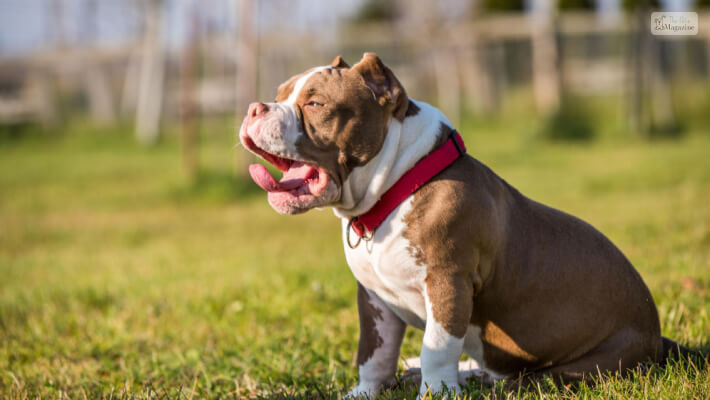
Well, bullies usually take around 2 years to 3 years to get fully mature. On the other hand, Patterdale Terriers mature around 14 months to 16 months. And a micro Pitbull takes around 2 and 3 years to fully grow.
As I have already mentioned, these dogs typically look a lot like the normal Pitbull, although the look sometimes varies a little. They are really compact in size and small with a muscular bodies. They have very wide and low chests with short but muscular legs.
Their bulky neck and the large head is something that is not similar to other dogs.
This dog breed is basically a brachycephalic breed. That is why their face is flattened, and as a result, they might suffer from some breathing issues. They also have wide-set floppy ears that move really cutely and a medium-thin tail to wag.
The micro Bully dog can grow as high as 9 to 11 inches high and usually weigh something between 11 lbs to 22 lbs.
2. Personality
As the Pocket Pit is crossbred, it is a little difficult to predict its coat. Here again, I would like to tell you about the coat of its parents.
The Pitbull has a short, smooth coat with absolutely no undercoat. On the other hand, Patterdale Terriers have a wiry, coarse coat with a dense undercoat. It actually helps them to protect themselves from the elements.
Being crossbred of these two breeds, the teacup mini Pitbull usually has a shorter coat. But this is obviously not the case all the time. Now, come to coat color, the range is pretty wide. Here they are.
- White.
- Black.
- Fawn.
- Brown.
- Red.
- Chocolate.
- Blue.
- Blue and tan.
- Black brindle.
- Seal and buckskin.
You also can get Pocket Pitbull blue nose. They either have markings or are solid in color.
3. Temperament:
A majority of people tend to think that pit bulls are aggressive naturally, but that is literally not true.
Unfortunately, for this dog breed, its muscular physique and trainability often end up casuing it to be selected by anyone seeking fighting dogs. Subsequently, the dog breed often ends up earning a reputation that it doesn’t really deserve.
Pit bulls as well as their miniature offsprings are in really loving and affectionate, especially when brought up in a homely, safe environment characterized by positive reinforcement and affection.
4. Training
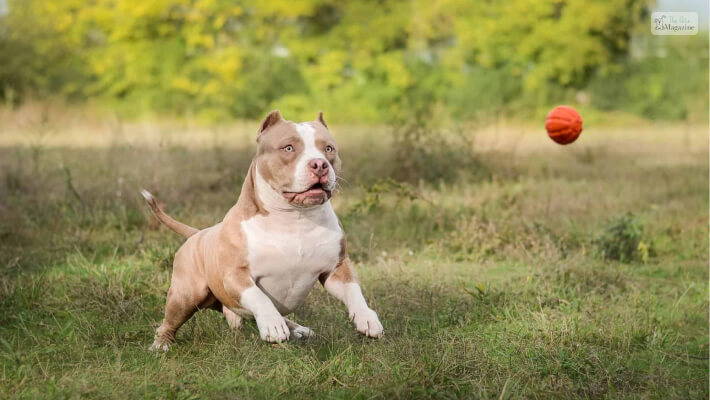
These tiny versions of pitties are extremely talented and full of energy. They are confident and independent. That means, without training this particular breed of dog can be really difficult to handle.
Your Pocket pittie is going to recognize you as their leader and can be really obedient. But in order to get an obedient Pocket Pitbull you have to train and socialize them well. Here are the training options that you can use for your Pocket Pitbull.
- Clicker training.
- Reward-based training.
- Praising them.
5. Grooming
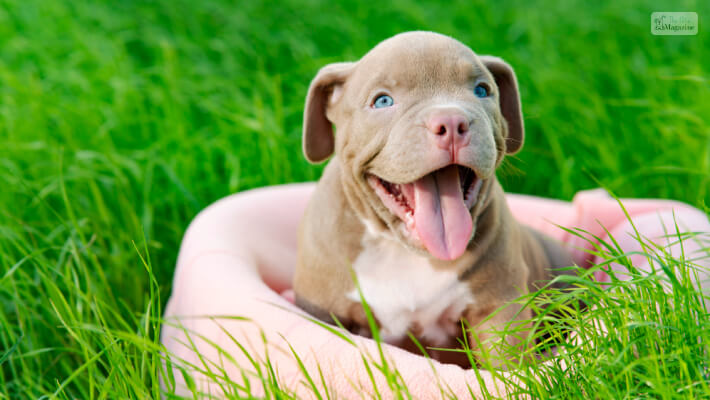
Pocket pitties mostly have shorter coats, and usually, they do not require much grooming. The shorter coat is itself really easy to manage. You just need to brush their coat on a regular basis, which will take only a few minutes.
Although your miniature pittie doggo is not going to need much grooming, you should trim their nails and clean their ears and teeth at regular intervals.
6. Food And Diet
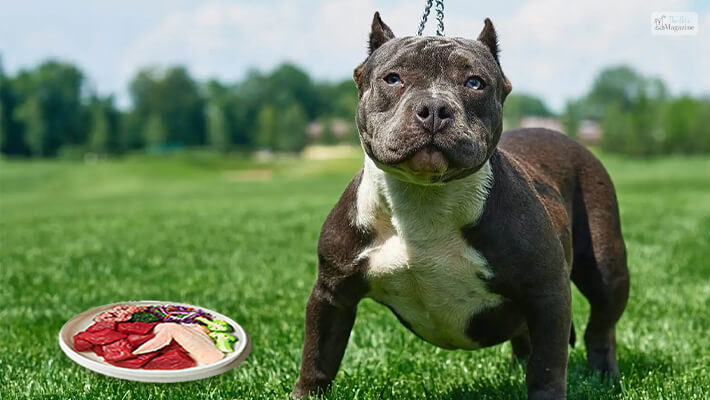
Just like humans, food also plays a crucial role when it comes to the growth and development of your dog. When you are getting Pocket pitties, you can opt for the following types of foods.
Raw Dog Food
Raw dog foods typically include raw turkey, chicken, organ meat, pork, lamb, salmon, eggs, kelp, fresh fruits, and vegetables. The best part about raw foods is that they are intact in terms of nutrients, unlike processed or cooked food. But when you are buying raw dog foods, you must ensure that you are getting certified ones.
Homemade Dog Food
You can make your dog homemade food using vegetables, meat, and fruits. It is always best to give your homemade dog foods because you will have full control over the ingredients.
Premium Dog Food
You can always opt for premium dog foods for your dog pitties. They contain an appropriate number of minerals, vitamins, and protein, along with other nutrients that your Pocket pittie need to stay healthy and active.
Health Concerns
Just like many other dog breeds, Pocket Pitbulls are also predisposed to some particular health issues. Some of them are hereditary or can be the result of improper care. The usual health concerns of Pocket bullies you should know about are here.
- Hip dysplasia.
- Eye problems.
- Heart disease.
- Hyperthyroidism.
- Allergies.
Apart from these health concerns, Pitbulls are considered harder canines.
Buying A Miniature Pitbull:
Inspite of not being an entirely pure-bred dog, Miniature Pitbulls are relatively more expensive than your basic American pit bull terriers, simply because its a new breed, and not that easy to find.
A pure-btred miniature pitbull puppy can cost you around 500 USD from a well-known breeder. So for a Miniature Pitbull puppy, you can expect to spend between 1500 USD to 2500 USD. It is also possible that you might find yourself on a waiting list.
Of course, you must consider adopting from a rescue shelter instead of buying, since there are so many dogs who need a big home. But specifically if you want to get a pocket pitbull then you should look elsewhere.
What This Means is That Pocket Pitbulls Are Family Members?
Being a responsible owner means investing time, energy, and resources into his well-being.
1. Active and Energetic: Pocket Pitbulls are relatively active dogs that require active living to remain healthy and lively. Even though they are small in size, big traits from their Pit Bull origin is that the amount of energy is huge. They need constant walks and playtimes, but they will not get bored easily.
What it means: Even if they require less exercise compared to other larger Pitbulls, they will still need at least 30-45 minutes a day. Otherwise, it will only make them anxious, frustrated, and destroy everything when left unchecked.
2. Loveable Companion Animals: They are very affectionate, loyal, and loving. They bond pretty well with their families; the Pocket Pitbulls often have this nickname “people-orientated” dogs because they thrive on attention, which may make them cuddle very much like an old, fat lapdog despite being as strong as any pitbull and certainly a handful for size and strength.
3. Intelligent and Trainable: Pocket Pitbulls are smart animals, and like the big breeds, they do tend to strive to please their masters, so they are rather easier to train than many other dogs. They also learn well with positive reinforcement such as rewards, praise, and consistency.
What this entails: Socialization and basic obedience require early training to avoid the development of behavioral problems. For as much as they may be considered highly intelligent animals, they can be a bit independent. Thus, in training them, consistency with firmness is required.
4. Life Expectancy: The average life expectancy of a Pocket Pitbull is between 12 to 16 years, though this can vary due to genetic, health-related, and lifestyle factors. A Pocket Pitbull can live a long and healthy life if well cared for with a proper diet and scheduled vet visits.
What this implies: Pocket Pitbulls are a long-term investment, and their owners must be prepared to offer them their lifetime needs. Routine check-ups would alert the owners to issues in the making so they may live longer and healthier lives.
5. Suitable with children and families: Pocket Pitbulls are very good with children as well if socialized from an early age in a family environment. They are playful, loving, and quite adequate with children; their loyalty will place them to defend their family members.
What this means: Pocket Pitbulls are excellent family pets if they have been fully socialized. It would be important to keep on checking any relation with very small children and other breeds to prevent accidents that one might unintentionally do upon letting small puppies play in front of toddlers, or accidental knockdown.
6. Legal and Breed Restriction: Many places have instituted BSL specifically against pitbull-type dogs, including the Pocket Pitbull, due to reputations of them being aggressive, so be sure to look into local laws before deciding to bring one home for adoption or purchase.
This means that owning a Pocket Pitbull is illegal and also requires special permits and insurance, depending on your place of residence. This requires researching local laws to find out if you are compliant with breed-specific legislation.
7. Responsible Ownership: Like any other breed of dog, responsible ownership is key to raising a well-behaved and healthy Pocket Pitbull. This will involve proper training, socialization, a balanced diet, and enough exercise.
The owner should also commit to meeting the emotional and physical needs of the dog for it to be happy and fulfilling for the pet and the owner alike.
Put It In Pocket!
In this article, I have covered almost every detail you should know about while getting a Pocket Pittie. Still, in case you have any questions, you can let me know in the comment section. I will try to come up with a solution as soon as possible.
Finally, I would suggest you not take Pocket Pitbulls in case you have no or really little experience with having a pet. Also, if you are ready to devote your time, attention, and love to them, you can bring home a new member.
Also, don’t even think about skipping the training and exercise part.

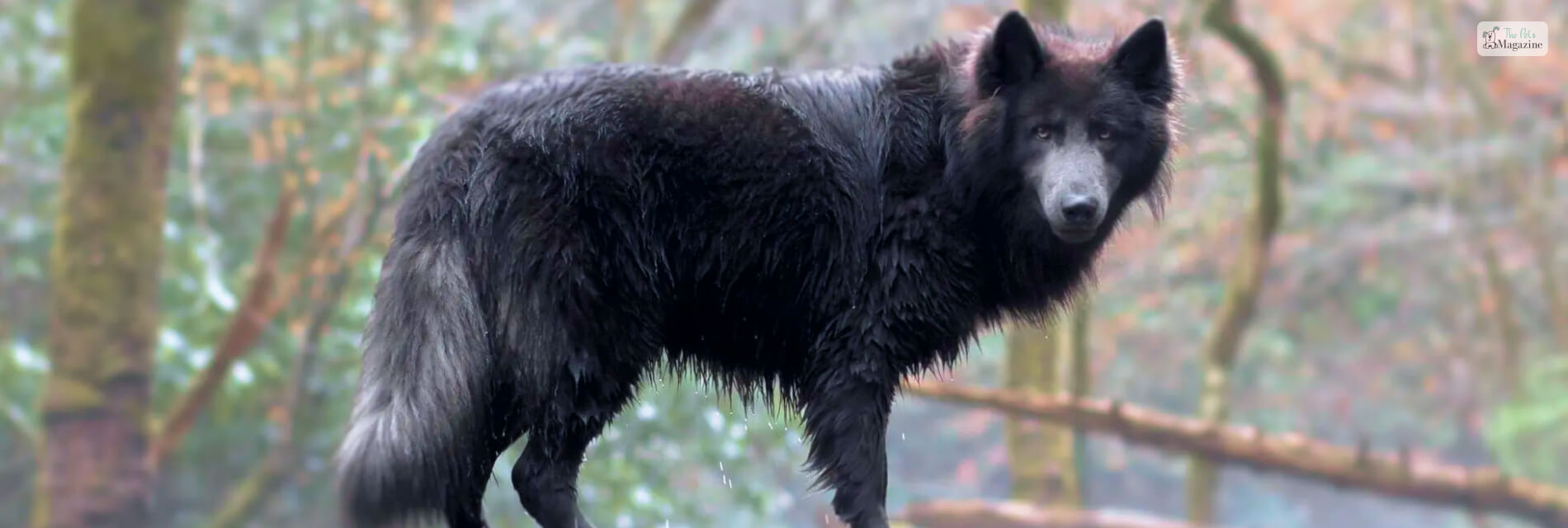
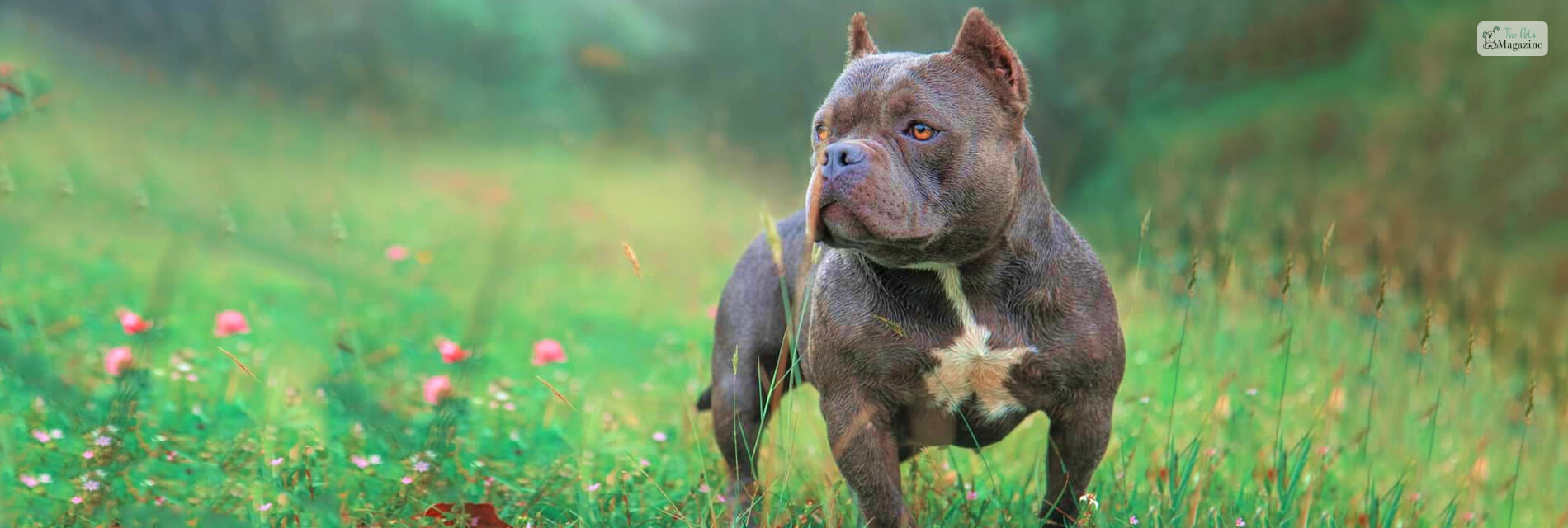

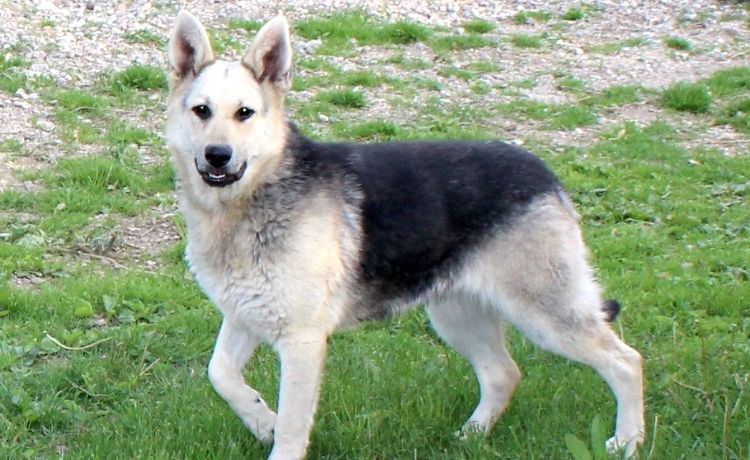

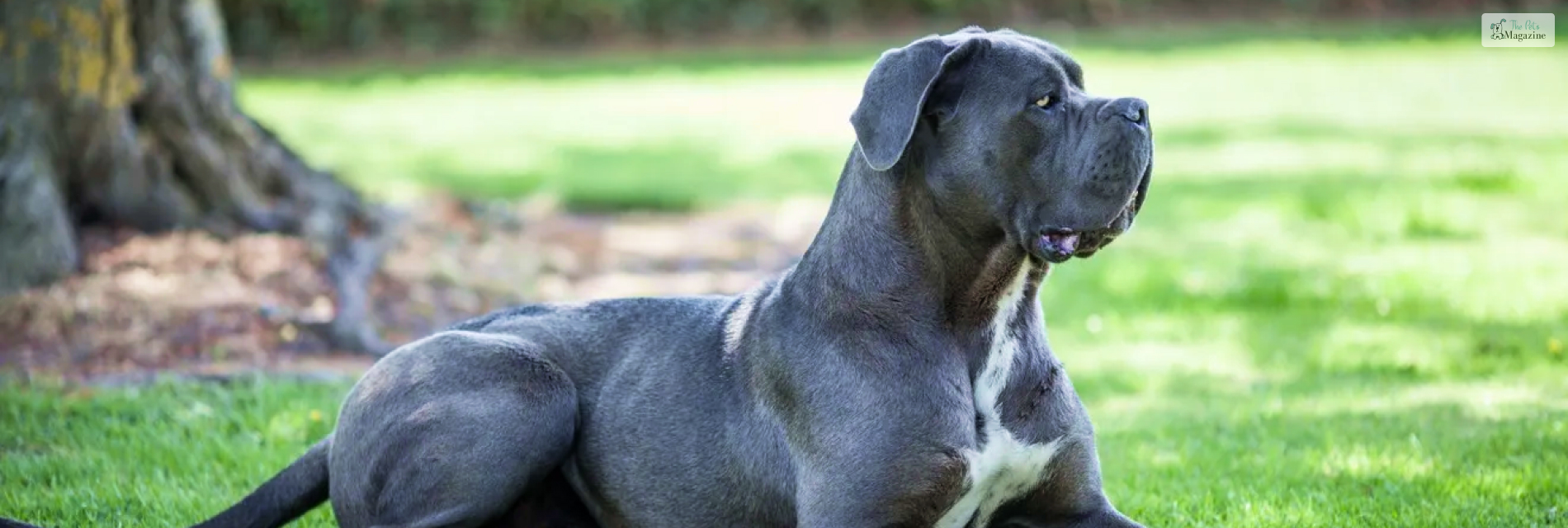
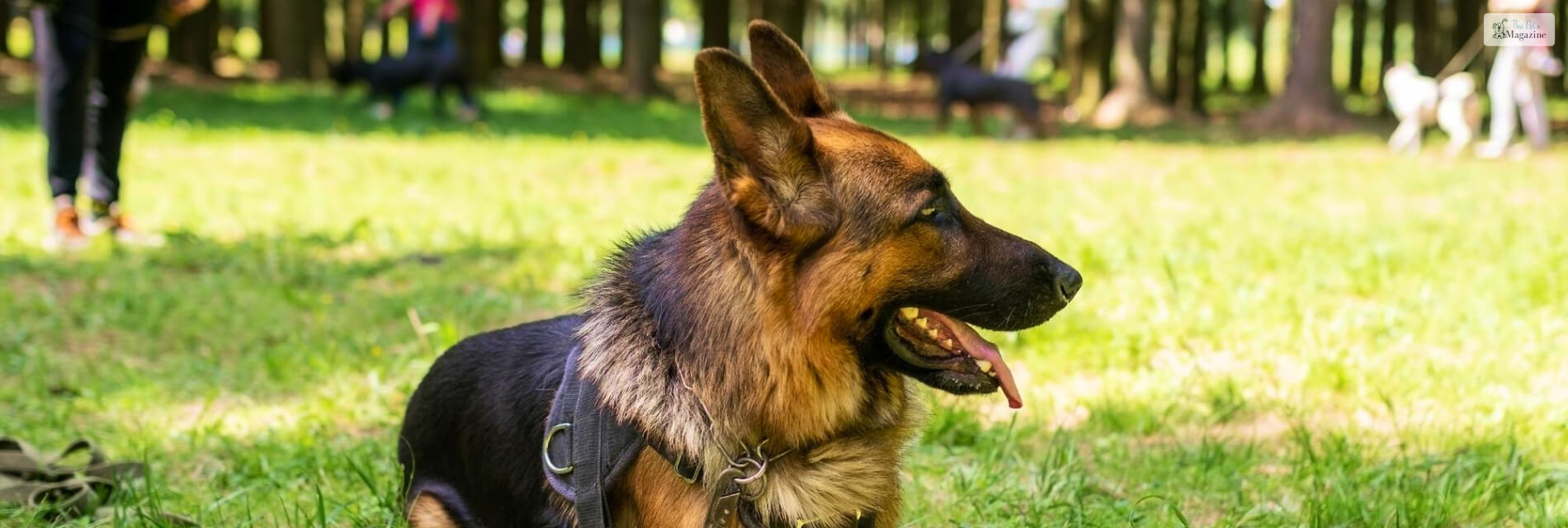
Leave A Comment